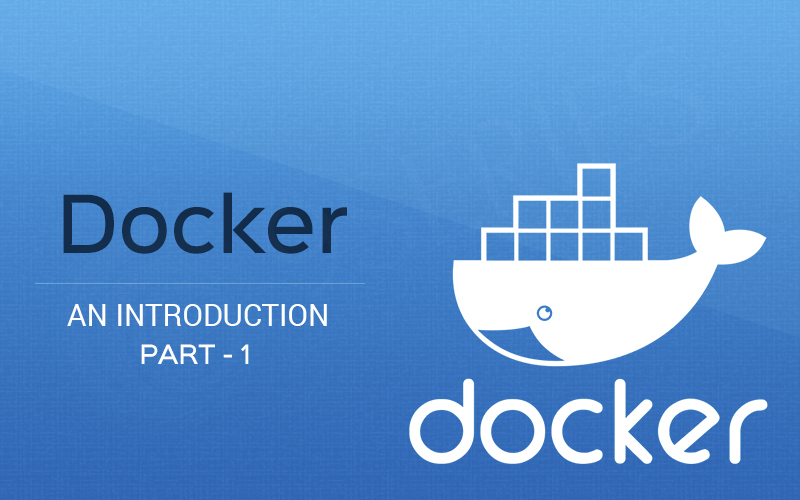An introduction to Docker – Part I
Introduction
This is just the first Blog in the Series of Blogs we will Write on this topic.
If you are a developer or involved in any kind of enterprise Docker consultation and looking for a simple yet effectively functional technology then you are going in the right direction of thinking to deploy the application with the Docker. Docker is nothing but a container which communicates directly with the Linux kernel, hence it is very useful and easy to command in Linux systems.
Oh! even Windows and MAC are not left behind to use containers. You may have heard about the vast numbers of developers talking about docker & containers, isolated virtual machine, hypervisors and other DevOps related systems. Today we will talk about the Introduction of Docker.
What is a Docker?
Docker is a very simple software for containerized applications. The concept of a container is to be a minimum, stateless environment for running a software.
A container image is lightweight, separate, executable package of a software which packs together everything needed to run it: system libraries, settings, code, run-time, dependency, system tools. Bypassing all the technical words, we can say that it’s just a tiny package of a virtual machine for running an application which we put in it. It is obvious that everyone is very familiar and have heard about Virtual Machine and Hypervisor.
Why a Docker?
With Docker we can set-up the environment according to a particular application and process the image building. Docker image is a template (a required libraries) needed to run Docker container and also we need a registry to store images either on local or on web-server. Similarly a web registry (online registry), Docker Hub is a cloud-based registry service allowing you to link to the code repositories, building your images and testing them, manually storing the pushed images, and links to the Docker Cloud so you can deploy images to your hosts. We can also get pre-built images and get up and running in a minimum time than it would take with a normal VM.
But, the biggest advantage is creating a homogeneous environment. By, installing Docker, the need to install different dependencies to run your application will no longer be required. Docker is all you need! This being available on all platforms, every developer in your team will be working in the same environment. The same applies to your development, staging and production servers. Now, this is cool. No more “it works on my machine.”
Conclusion
Here, an endpoint comes to the advantages of using Docker for deploying applications with minimum hassle and an image which is the pack of all required configuration.
Stay Tuned to read the next blog in the series!. We will be back with Part II soon!
Recent Posts
Deep Learning Explained: Understanding the Brain Behind AI
The Intersection of AI and IoT: Creating Smarter, Connected Environments
The Evolution of AI: From Simple Algorithms to Neural Networks
The Role of AI in Sustainable Development
Scaling New Heights: Integrating Advanced Technologies in Startup Product Engineering
